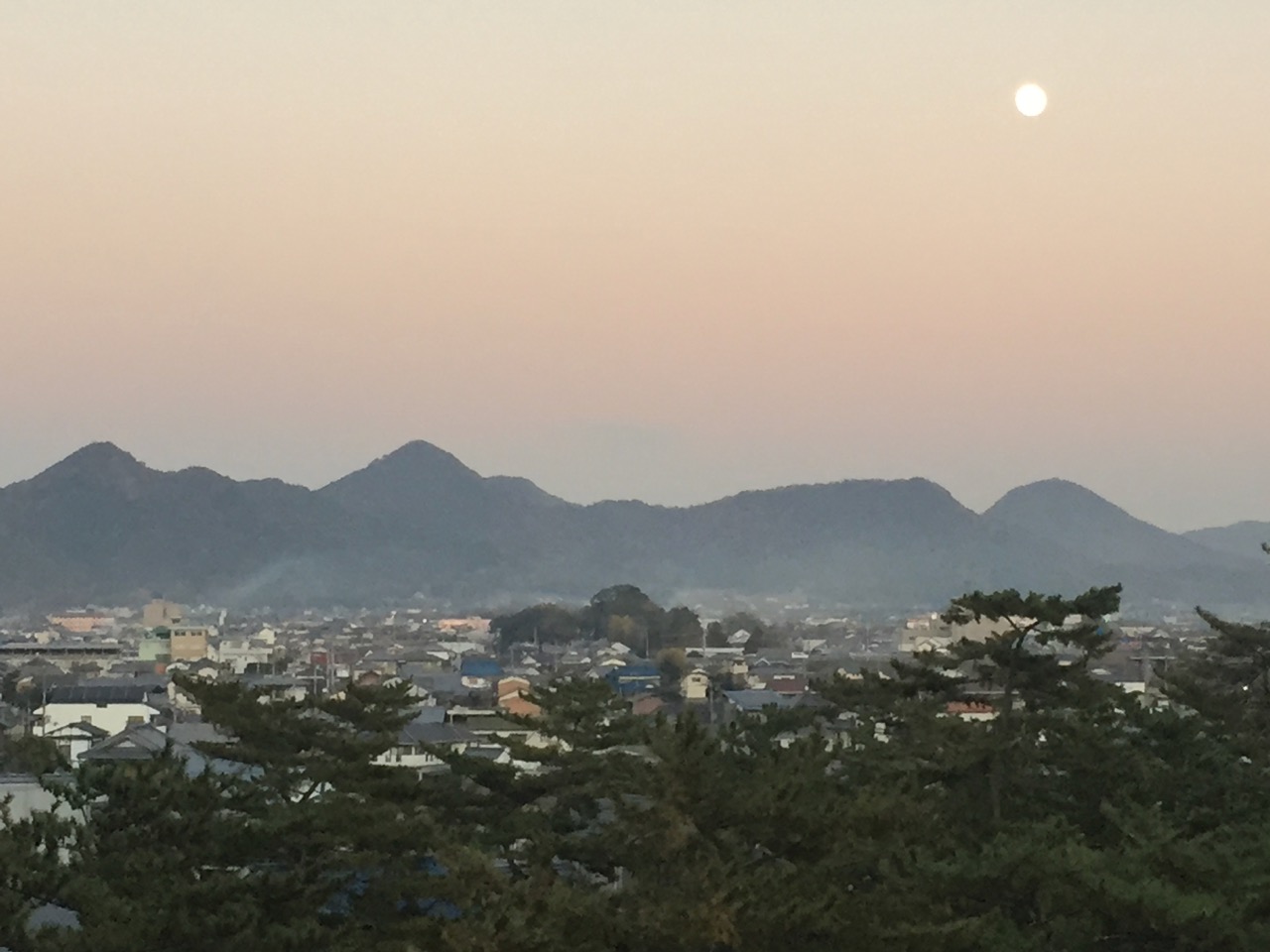
By Rev. Marcos Sawada
This month, our temples hold a special service called “Ohigan,” observing the Spring Equinox. The Japanese word “higan” means “Crossing to the Other Shore,” which suggests a world after death. But it means much more.
You could say that before our ancestors passed away, they lived in a world of human passions. They have crossed from this shore (“Shigan”) at death, to the other shore (“Higan”).
The equinox and Higan occur twice a year, in the Spring and Fall. Equinox means a time when day and night are equal in length. This sense of being in the middle represents balance, which in Buddhism, reminds us of the “Middle Path” teaching between two extremes. To live a life of moderation, neither seeking extreme hedonism and luxury, or self-deprivation and extreme asceticism.
Buddhist master Nagarjuna (150 C.E. -250 C.E.) understood the Middle Path as a state of Buddha nature called sunyata or emptiness. This isn’t meant to be a dualistic term, such as “good” versus “bad,” “yes” versus “no,” or “right” versus “wrong.” It doesn’t mean one and not the other. It refers to the middle path, a path of moderation and balance without judgments. Whenever we make a judgment, our ego starts to move towards a direction of like or dislike, agree or disagree, and negative or positive.
Do you think we need to die to go to the Pure Land? No! The Pure Land isn’t a “place” where we go. Rather, it’s a state of mind here and now. According to Nagarjuna, this middle ground, this state of zero or emptiness, is Buddha-nature, the seed that allows us to become spiritually awakened. It’s the seed of enlightenment. The middle path is where our thinking and awareness crosses vertically, in terms of our entire past history, and crosses horizontally, in terms of our present encounters. In other words, it’s this moment right now.
That seed represents the potential to develop and grow, creating even more seeds, meaning Buddha-nature. According to the Mahaparinirvana Sutra, “Buddha-dhatu (Buddha-nature) is the truly real, but internally hidden potency within the purest depths of the mind, present in all sentient beings, for awakening and becoming a Buddha.”
The Buddha said, “Life is suffering! We must awaken to the dream called life (meaning this ‘self’).” Well, we cannot escape from the events of life. When we think what life means, we think of this body occupying space in a dimension of time—past, present, future. Our birth and this body represent the past; the present contains our current state, perhaps aging and illness; the future holds our death. This is our life—birth, aging/illness, and death. This is impermanence.
This truth is hard to accept because of our attachment to permanence. This is the reason we cannot rely on the facts of life. But we can understand its meaning. This kind of life is an illusion, a fantasy called existence that relies on a past and future that don’t really exist. Consequently, we live moment to moment.
That is why in the present, we cannot grab or keep anything. Middle path is each moment we live, zero or empty, which is filling up with expectations and judgments of old pictures stored in our mind.
Absolute reality, without any kind of judgment is Buddha-dathu or Buddha-nature or emptiness. It’s the way to overcome samsara, the endless cycle in which we live. We can become more aware about being a real human being. It means overcoming a life of just survival, living like animals, only feeding on the three poisons of ignorance, anger and greed.
The Buddha said life is impermanent. That means realizing “I am impermanent.” This is the way to realize true living, “as it is.” This moment now is all we have.
Hongan (Primal Vow) is the innermost aspiration the Buddha made for us. This means aspiration for all of us to become buddhas is the path to return to zero. There is no judgment, only life “as it is.” It’s a harmonious path, good for me, good for you, and good for everything without discrimination. It is Great Compassion embracing us all, eternally, constantly—without concept of past, present, or future—eternally and infinitely.
All humans without exception have within us the seed to become buddhas, meaning enlightened beings who understand and appreciate what this life truly means. Hongan is the path guiding us to a life of harmony, to the Pure Land, to the other shore, to Higan—Here and Now!
-Rev. Sawada is resident minister of Kaneohe Higashi Hongwanji Temple in Hawaii.

